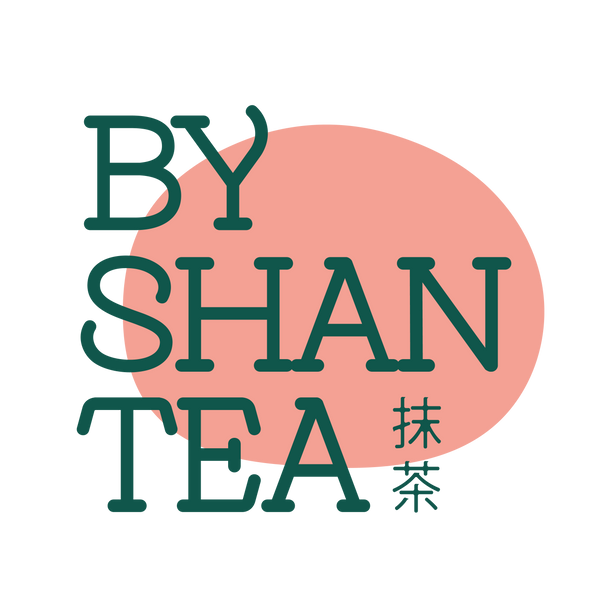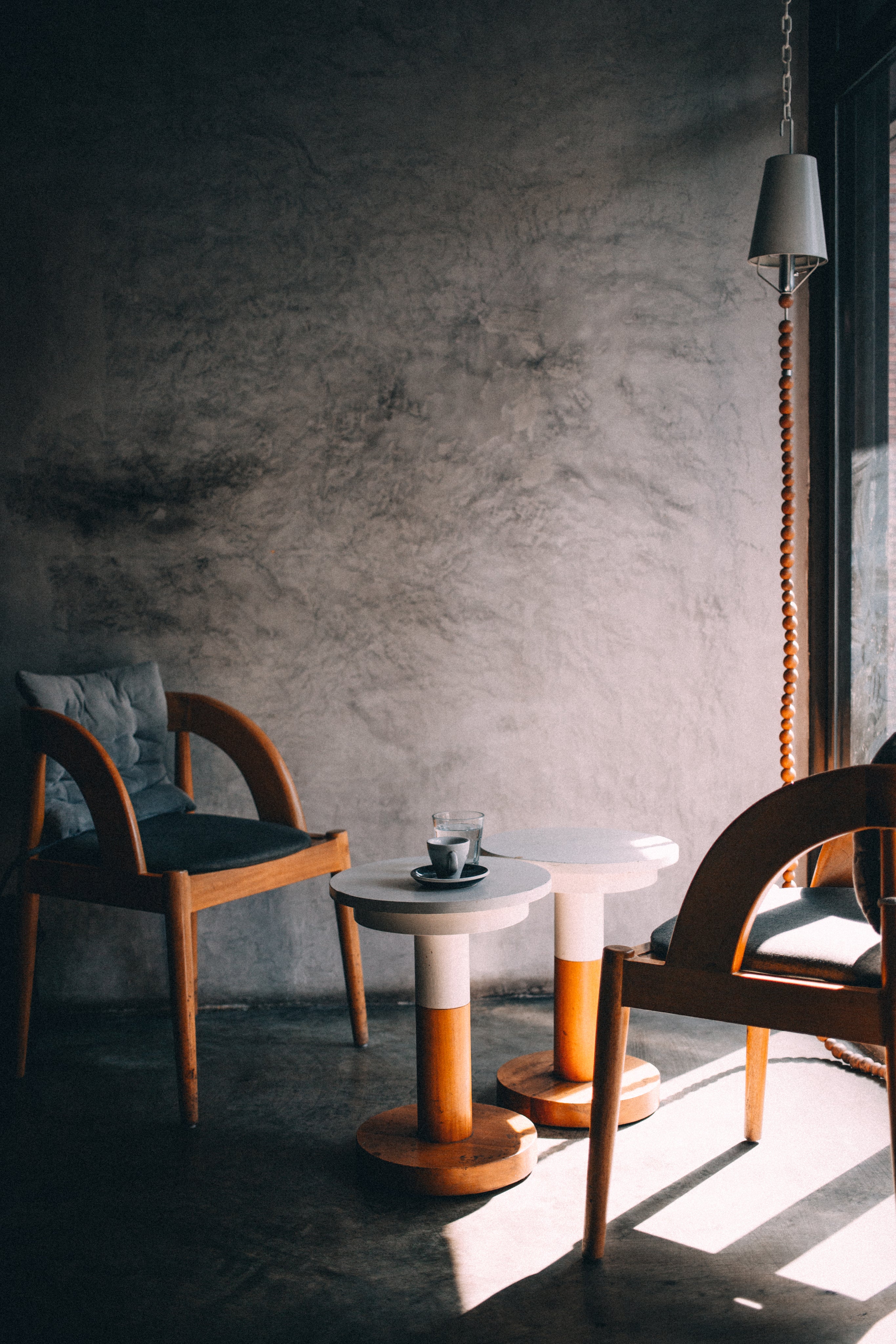
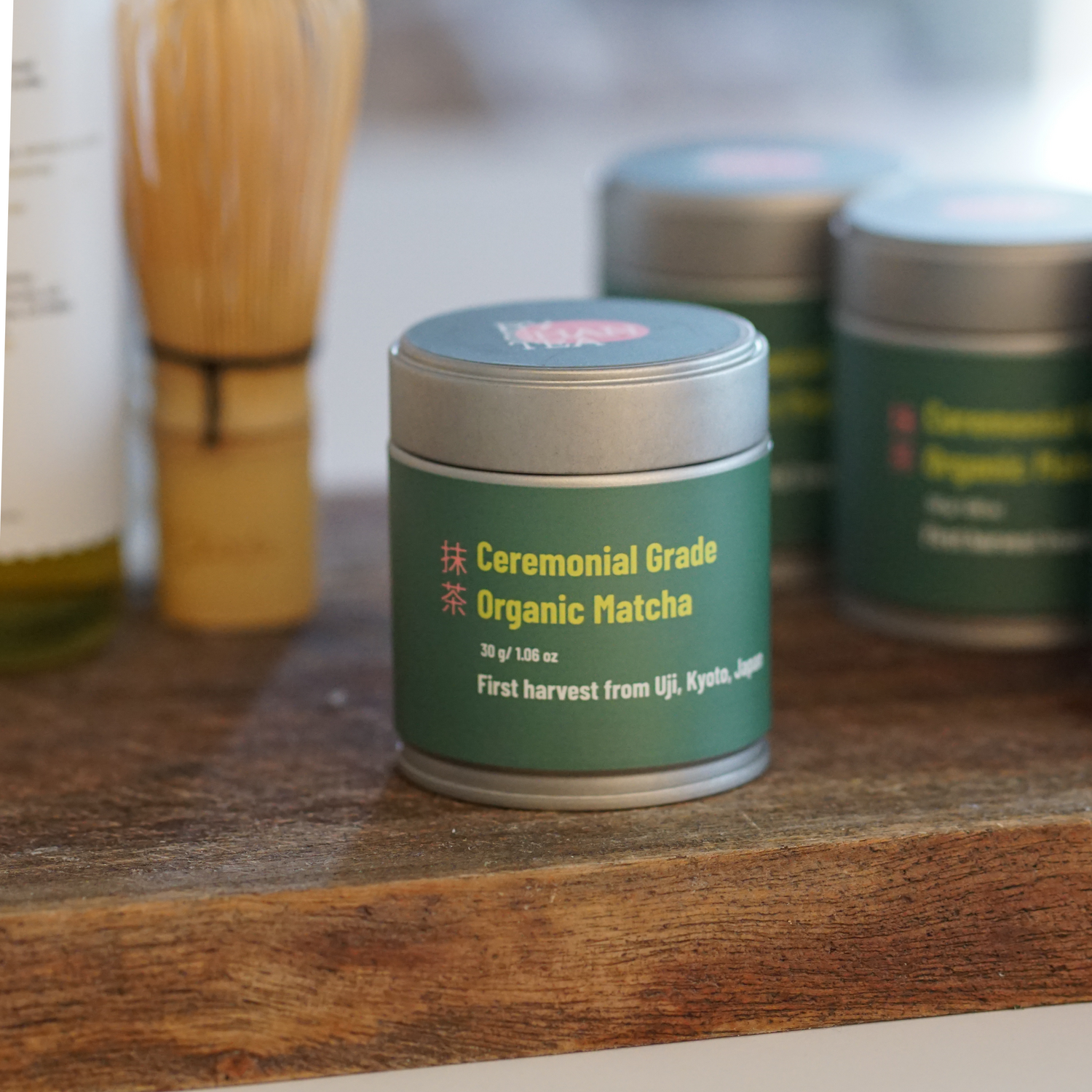
A Touch of Zen
In Japan, matcha is more than tea—it’s a ceremony of respect for nature and mindfulness.
MATCHA CEREMONIAL GRADE
Learning, Sipping, Growing
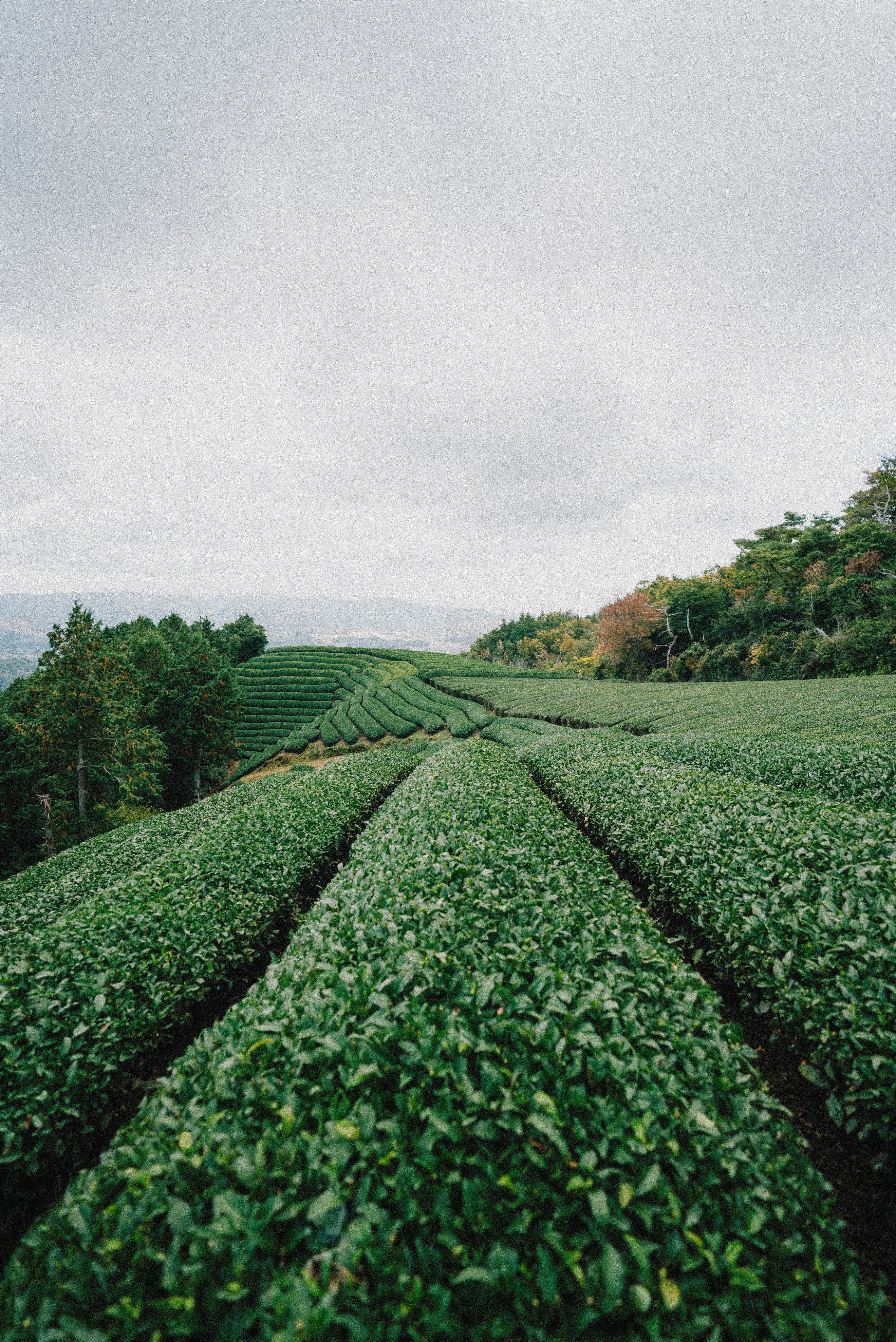
Pure Matcha vs. Blended Matcha
Not all matcha is created equal. Pure matcha contains only ground green tea leaves, while some blends include sugar or other ingredients. We love pure matcha for its natural, earthy flavor and the full spectrum of health benefits it offers. If you’re new to matcha, start with pure to experience its true essence. Together, we can learn how to appreciate matcha in its most natural form.
The Importance of Organic Matcha
Choosing organic matcha is about more than taste—it’s about quality and health. Organic matcha is grown without harmful pesticides or chemicals, preserving the purity of the earth and the tea itself. When we choose organic, we choose to support natural processes, keeping the bond between nature and tea strong.
Matcha and Your Empty Stomach
Starting your day with matcha on an empty stomach? This can be a great way to absorb its nutrients quickly, but be mindful of how your body feels. Some may find it too strong at first, so we suggest pairing it with a light snack, like a handful of nuts or a banana. Let’s listen to our bodies and find what works best for us—safely and naturally.
Why Matcha Became Popular
Matcha has taken the world by storm, but why now? Its rise in popularity is no surprise—people love its smooth, energy-boosting qualities and rich nutritional profile. In a world where we’re often searching for balance, matcha provides a natural, steady source of energy without the jitters.
What is JAS Certification
Have you seen the JAS certification on some matcha products? It’s a seal of quality from the Japanese Agricultural Standard, ensuring the tea is grown and processed to the highest standards. This is how you know you’re getting matcha that respects tradition, the environment, and your health.

A Simple Pause.
Create space for the rituals that ground us. Every sip of matcha is a moment of clarity, a gentle reset, a quiet reminder that presence is a gift.
Education
View all-
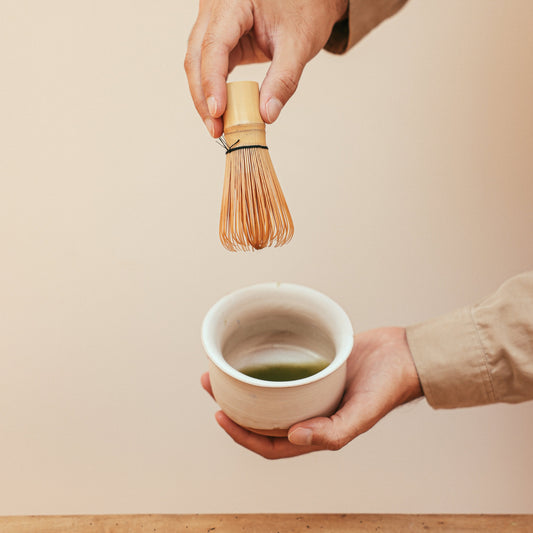
From Uji to Your Cup: The Journey of Our Organi...
Discover the journey from Uji to your cup of fine organic matcha, exploring ancient traditions, sustainable practices, and artistry for an exceptional experience. The Origins of Our Organic Matcha In...
From Uji to Your Cup: The Journey of Our Organi...
Discover the journey from Uji to your cup of fine organic matcha, exploring ancient traditions, sustainable practices, and artistry for an exceptional experience. The Origins of Our Organic Matcha In...
-
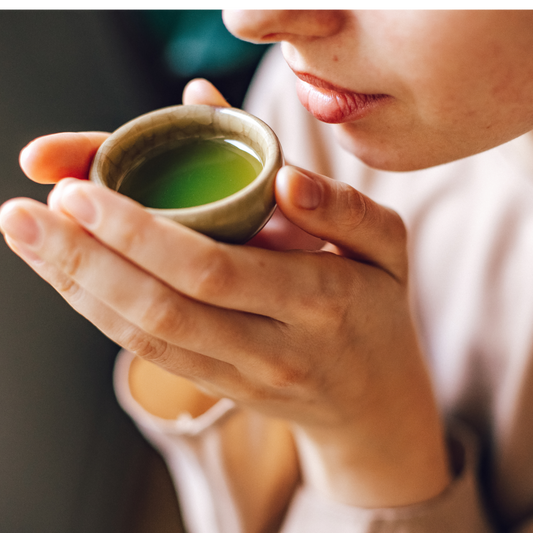
Matcha Meditation
When practicing matcha meditation, you are encouraged to savor each sip of your matcha mindfully, allowing yourself to be present in the moment.
Matcha Meditation
When practicing matcha meditation, you are encouraged to savor each sip of your matcha mindfully, allowing yourself to be present in the moment.
-
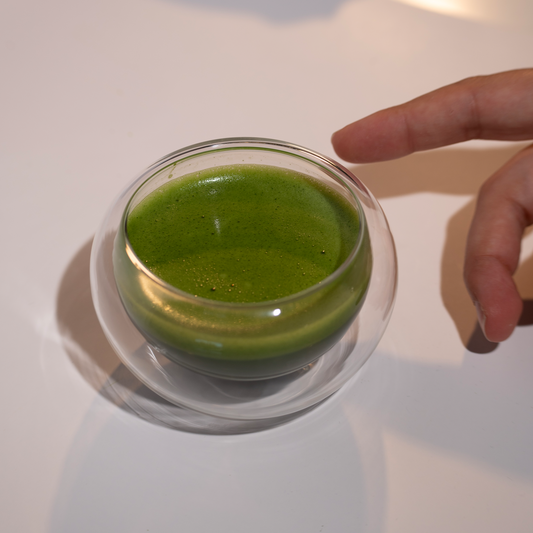
Why Ceremonial Grade Matcha is Your Next Step T...
What is ceremonial grade matcha? Ceremonial grade matcha is the highest quality matcha tea you can find. It is made from the youngest tea leaves, hand-picked and carefully stone-ground to...
Why Ceremonial Grade Matcha is Your Next Step T...
What is ceremonial grade matcha? Ceremonial grade matcha is the highest quality matcha tea you can find. It is made from the youngest tea leaves, hand-picked and carefully stone-ground to...
-
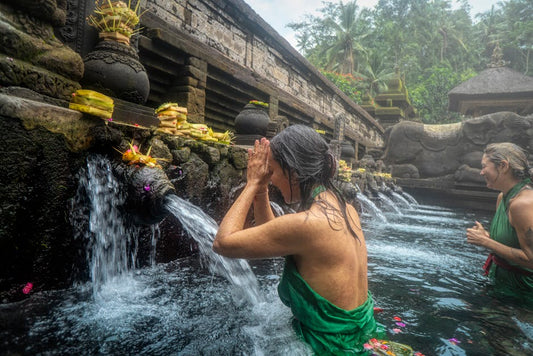
Exploring the Health Benefits of Drinking Cerem...
What is ceremonial matcha? Ceremonial matcha is a type of green tea that is of high quality and traditionally used in Japanese tea ceremonies. It is made from finely ground...
Exploring the Health Benefits of Drinking Cerem...
What is ceremonial matcha? Ceremonial matcha is a type of green tea that is of high quality and traditionally used in Japanese tea ceremonies. It is made from finely ground...
Subscribe to our emails
Be the first to know about new collections and exclusive offers.
